I agree to the Terms & Conditions


General
General Products
Simple & Transparent! Policies that match all your insurance needs.


37K+ Reviews
7K+ Reviews
Scan to download
Life
Life Products
Digit Life is here! To help you save & secure your loved ones' future in the most simplified way.


37K+ Reviews
7K+ Reviews
Scan to download
Claims
Claims
We'll be there! Whenever and however you'll need us.


37K+ Reviews
7K+ Reviews
Scan to download
Resources
Resources
All the more reasons to feel the Digit simplicity in your life!
 Tools & Calculators
Tools & Calculators


37K+ Reviews
7K+ Reviews
Scan to download
37K+ Reviews
7K+ Reviews
 Logout
Logout
Our WhatsApp number cannot be used for calls. This is a chat only number.


2000+ Cashless
Network Garages
96% Claim
Settlement (FY23-24)
24*7 Claims
Support
I agree to the Terms & Conditions

Terms and conditions
The trucks can be broadly classified as garbage, delivery, tipper, and much more based on the functions performed. Delivery trucks are exclusively used to deliver customers' goods, materials, and parcels. These delivery trucks can be semis, boxes, panels, pickups or cargo vans.
Keep scrolling to read further about different types of delivery trucks and their pros and cons.
Delivery trucks are primarily meant to transport perishable goods that weigh tons to the customers. These trucks can be four or six-wheeled, depending on the truck's size. Freight, trailer, pickup, utility vans, and more are examples of trucks used to deliver goods.
Delivery trucks can be differentiated based on their payload capacity and gross vehicle weight. Some common types of delivery trucks are:
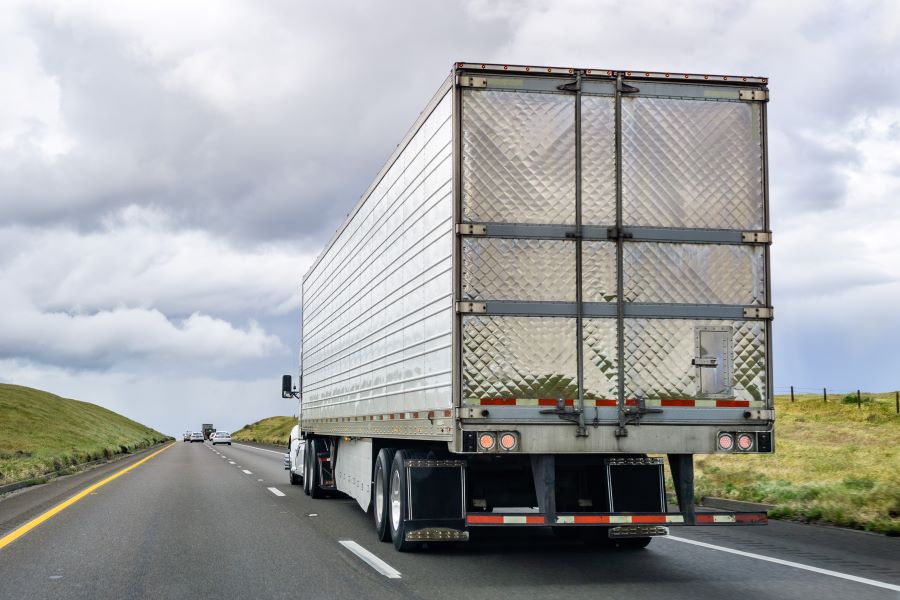
Freight trucks are heavy-duty delivery trucks that deliver heavy loads over long distances. Used widely in the transportation and logistics industry, freight trucks are connectors for different modes of transportation like waterways, shipping, airways, and roadways.
Some of its features are:
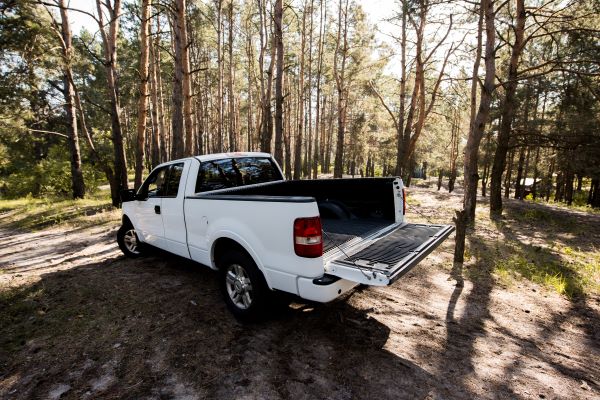
Pickup trucks are widely used in logistics and courier industries. These trucks have a cabin separated from the open cargo and can easily carry heavy loads and parcels.
Some standard features of a pickup truck are:
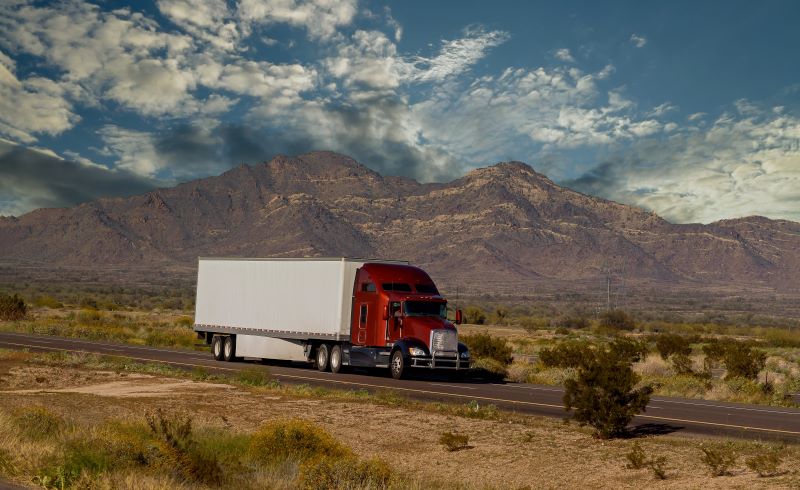
Refrigerator trucks can deliver perishable goods that must be transported at a specific temperature. These trucks are equipped with cooling agents to maintain a temperature throughout the delivery process, and they are used to transport pharmaceutical goods, chemicals, cosmetics, and artwork.
Some of its standard features include:
Additional advancements and technologies may be included depending on the models chosen.
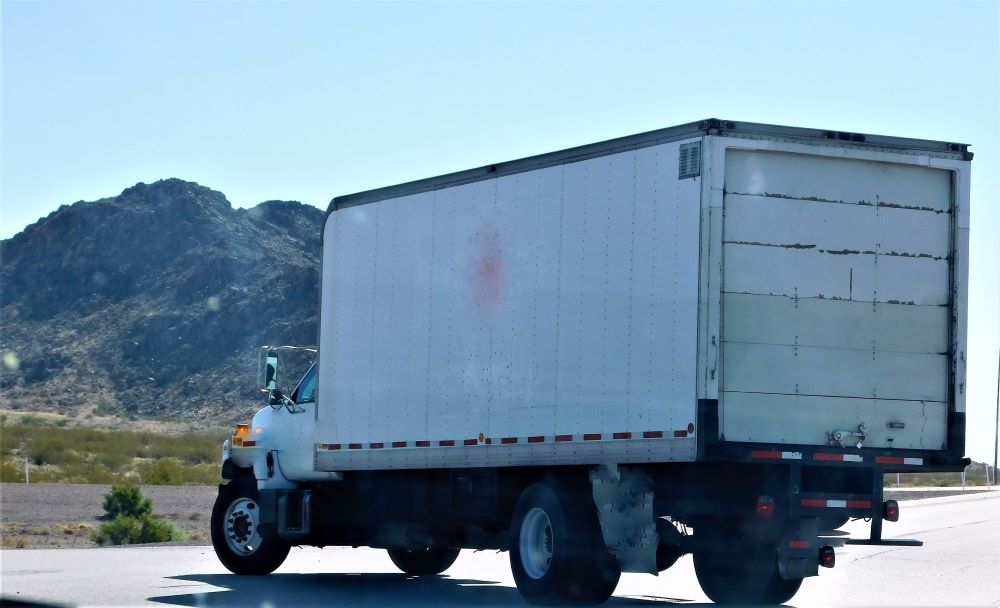
A box truck has cargo shaped like a box or a cube and a separate cabin for the driver. The box trucks deliver dry objects and goods like furniture, appliances, equipment, etc.
Some of its essential specifications are:
Different manufacturers of box trucks come up with varied features and capabilities for the customer's requirements.
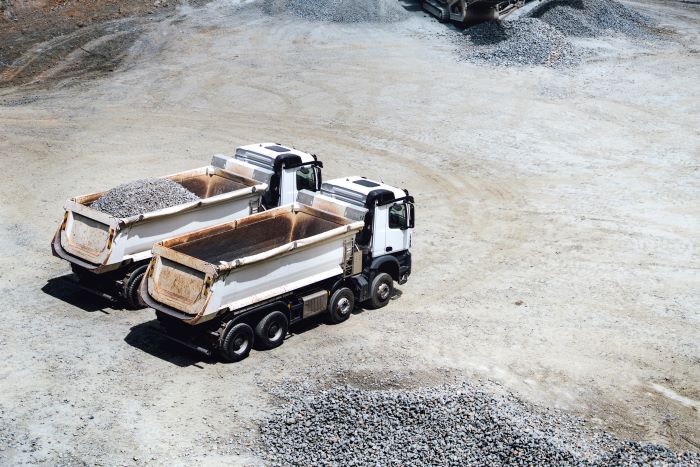
Dump trucks have an uncovered rear bed for construction materials like sand, gravel, pebbles, debris, and coal. They are equipped with hydraulic lifting mechanisms for precise material loading.
Some of its typical specifications are:
Dump trucks come in various capabilities and features, such as off-highway dump trucks, standard dump trucks, and much more.

Utility vans are widely used in day-to-day delivery jobs, transporting medium to heavy loads over short to long distances.
Some of its essential features are:
Some other types of delivery trucks include cement trucks, towing trucks, flatbed trucks, and much more.
Delivery trucks have the following advantages over the other different types of trucks:
Delivery trucks can make 24-hour efficient deliveries with good connectivity.
The compact size of these trucks allows them to make fast deliveries.
They have reduced fueling time.
Delivery trucks are cost-effective, and easy to load and unload, thus enabling the drivers to meet their deadlines.
Delivery trucks have the following disadvantages:
Depending on their payload capacity, delivery trucks can be heavy, medium, or light-duty. Delivery trucks have huge advantages across the transportation and logistics sectors. They deliver goods to customers on time and with utmost safety.
Semi-trailer trucks, jumbo trailer trucks, tail lift trucks, tanker trucks, pickup vans, and many more are examples of delivery trucks.
Semi-trailer trucks, jumbo trailer trucks, tail lift trucks, tanker trucks, pickup vans, and many more are examples of delivery trucks.
Courier vans are delivery trucks used for the same-day courier service of goods.
Courier vans are delivery trucks used for the same-day courier service of goods.
Please try one more time!
Other Important Articles About Truck
Other Important Articles about Commercial Vehicle Insurance
Have queries related to Digit motor insurance policy? You can refer to our Policy Wordings for detailed information or reach out to our support team via WhatsApp self-support, email or phone using the information below:
Connect with our self-serve chat bot support - 7026061234
Write to us at hello@godigit.com
Contact
Call us on 1800-258-5956
Other Motor Insurance Plans and Guides
Currently there are no news to show.
Read More
Renew & Download Policy Document, Check Challan, Credit Score, PUC & more
Anytime, Anywhere. Only on Digit App!

4.7
Rated App56K+ Reviews
4.7
Rated App
56K+ Reviews
4.3
Rated App11K+ Reviews
4.3
Rated App
11K+ Reviews
Scan to Download


Author: Team Digit
Last updated: 07-04-2025
CIN: L66010PN2016PLC167410, IRDAI Reg. No. 158.
Go Digit General Insurance Limited | Corporate Office Address: Atlantis, 95, 4th B Cross Road, Koramangala Industrial Layout, 5th Block, Bengaluru 560095 | Registered Office Address: 1 to 6 floors, Ananta One (AR One), Pride Hotel Lane, Narveer Tanaji Wadi, Shivaji Nagar, Pune-411005, Maharashtra | Trade logo of Go Digit General Insurance Ltd. displayed above belongs to Go Digit lnfoworks Services Private Limited and is provided and used by Go Digit General Insurance Ltd. under license.
Explore exclusive features, file claims & access policy on Digit App!
You can also scan this QR code to download the App.
